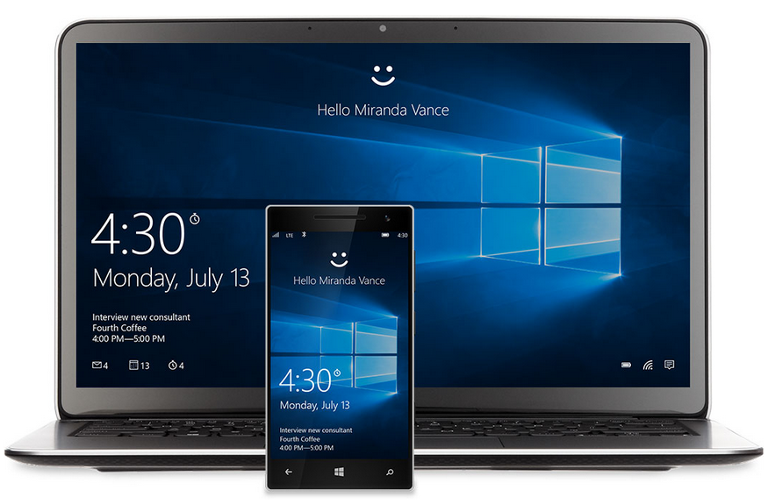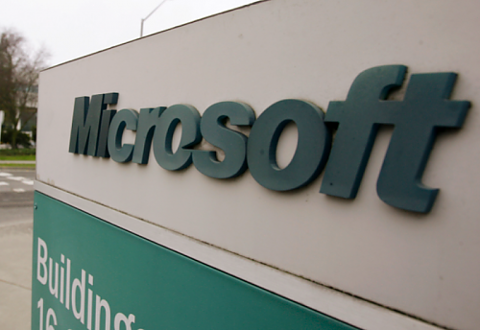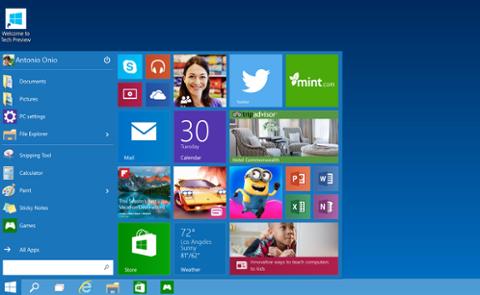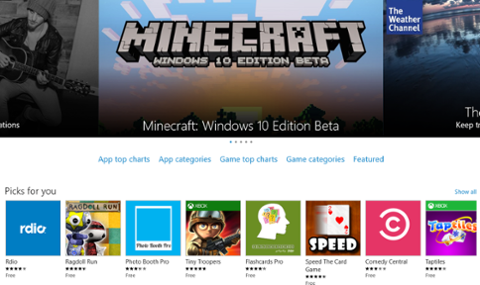Windows 10 Adoption Leveling Off
Adoption of Microsoft’s Windows 10 is slowing down after an aggressive first month, according to new data from NetMarketShare. Thanks in large part to an expensive marketing campaign, combined with free upgrades for Windows 7, 8, and 8.1 users, Windows 10 managed to seize 5.21 percent of the desktop/laptop OS market in August, the first full month of its release. In September, however, the operating system’s market-share rose to 6.63 percent, a significant leveling-off in month-over-month gains. At this early point, Windows 10 still lags well behind Windows 7 (with 56.53 percent of the market), Windows XP (12.21 percent), and Windows 8.1 (10.72 percent), although it did manage to surpass the much-maligned Windows 8, which only has a 2.6 percent market-share. To say that Microsoft needs Windows 10 to prove a success is an understatement. Although the various versions of Windows continue to dominate the desktop and laptop market, smartphones and tablets have eclipsed desktops and laptops as most folks’ go-to devices for everyday computing. It’s easy for Apple and Google to persuade third-party developers to build hot new apps for iOS and Android; meanwhile, Microsoft struggles to convince those same software architects to devote their time and creativity to Windows apps. In order to counteract those issues, Microsoft built Windows 10 to seamlessly operate across desktops, laptops, tablets, and smartphones. It remains to be seen, however, whether droves of developers will want to build the Windows universal apps that will work on all those platforms. If things weren’t already uncertain enough for the company, a rapid-fire series of patches and updates issued in the wake of Windows 10’s release has irritated users. It will still take a few more quarters to determine whether Windows 10 is a hit or miss. In the meantime, Microsoft can do little except keep pushing updates… and encouraging tech pros to work with the software.



